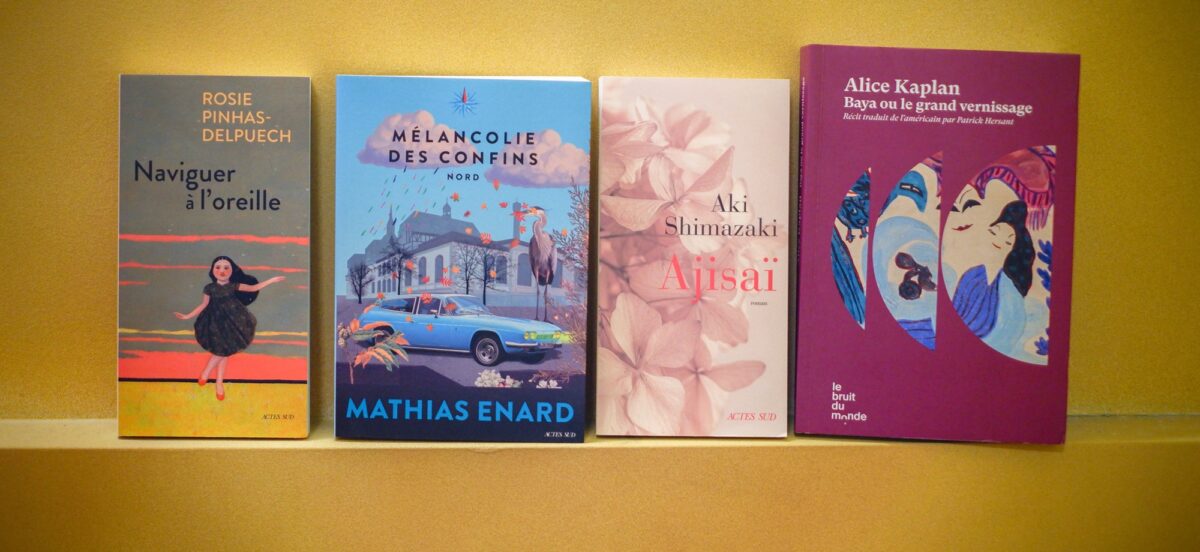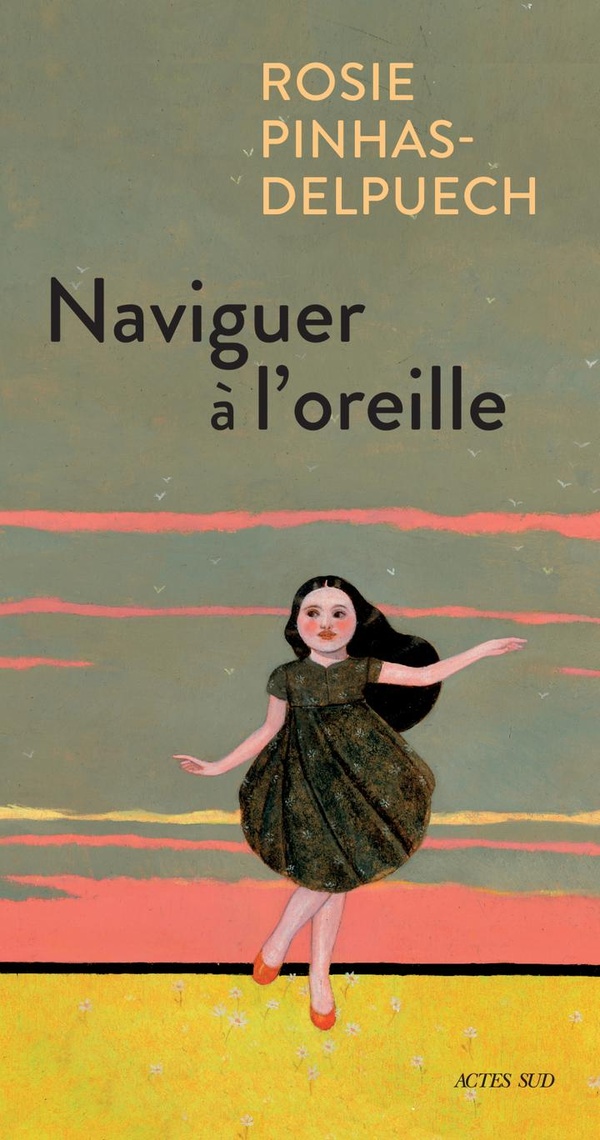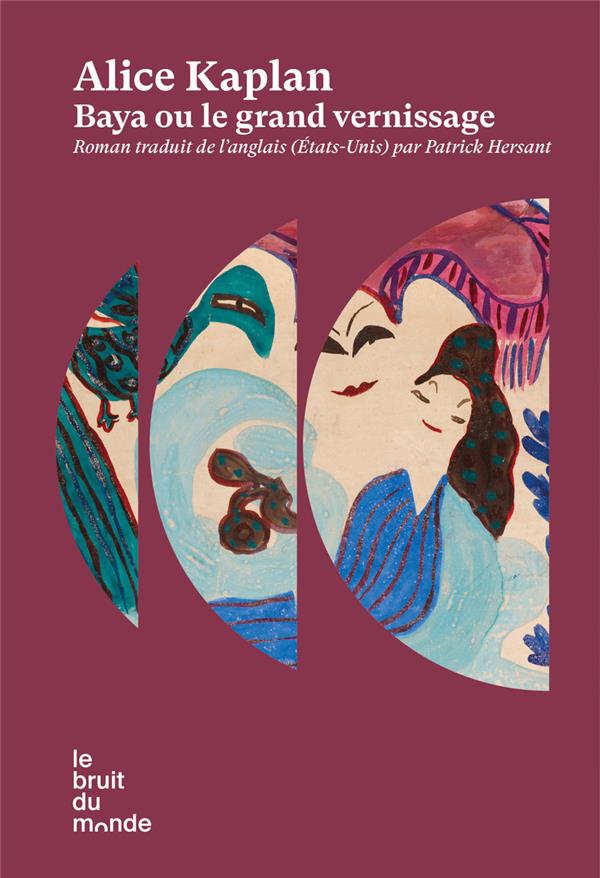5 Books that Travel Across Languages, Borders, and Silences

This reading list moves along the fault lines of memory and identity, through haunted landscapes and liminal lives. From Berlin’s rain-soaked streets to Quebec’s frozen forests, from Istanbul’s layered languages to postwar Parisian salons, these books carry voices that linger—and resonate long after the final page.
Mathias Enard’s Mélancolie des confins is a wandering meditation on history and grief that unfolds like a fugue beneath a violet Berlin sky. Through ghostly echoes of war and friendship, it sketches the porous frontier between past and present, flesh and language. In Rosie Pinhas-Delpuech’s Naviguer à l’oreille, memory flickers in Ladino, German, and French, and the silence of exile weighs as heavily as its words. Both are works that listen deeply—to trauma, to inheritance, to what is almost—but never quite—said.
In Gabrielle Filteau-Chiba’s Sauvagines, language becomes a weapon of resistance. Her solitary protagonist, shaped by wilderness and fury, demands justice in a world that offers none. Here, nature is neither balm nor metaphor—it is battleground, lover, and ancestral mirror.
From the wilds of Quebec to the myth-charged light of 1947 Paris, Alice Kaplan’s Baya ou le grand vernissage restores agency to an artist too long framed by others. Through archival detail and narrative restraint, Kaplan lets Baya speak—not just through her paintings, but through the quiet defiance of her presence.
In Aki Shimazaki’s Ajisaï, a young man on the brink of adulthood, writes through uncertainty, listens for his own voice in the hush of Kamakura’s gardens. A novella of elegant simplicity and unexpected depth, it reminds us that the most private journeys are also the most universal.
What unites these works is the affirmation that to read is also to listen—across languages, borders, and silence.
Reading List
“Là où tout s’achève, déploie tes ailes.” This verse by Blanca Varela opens Mathias Enard’s Mélancolie des confins, setting the tone for a haunting, polyphonic meditation on memory, history, and the ghosts that roam between language and loss. The first in a projected tetralogy mapping a drifting interior journey across America, this installment begins closer to home: in Berlin, under a violet sky, leaving the bedside of a friend in a crumbling sanatorium.
Enard’s narrator walks through drizzle and grief, following a line of thought that meanders like the city streets—through military ruins and melancholic forests, Soviet hospital wards and surrealist séances, adolescent refugees collapsed into catatonia, and literary revenants from Sebald to Theodor Plievier. History here is not linear but sedimentary: a palimpsest of wars, friendships, books, drinks, and disappearances, all folded into one frigid autumn night.
Despite the weight of remembrance, Mélancolie des confins is lit by sudden warmth: a shared bottle of Austrian red, a late-night detour to buy Goethe and Schiller, the laughter of old comrades in smoky bars. “Amitié, libations, géographie”—as Enard writes, Berlin contains all this, and more. For readers of W.G. Sebald, Annie Ernaux, or Claudio Magris, this book is both a requiem and a road map, wandering along the fragile frontier between flesh and language, past and presence.
Mélancolie des confins by Mathias Enard, Actes Sud
Click here to purchase this book with us.
Rosie Pinhas-Delpuech’s Naviguer à l’oreille is not merely a memoir—it’s a resonant, polyphonic meditation on memory, exile, and the fractured terrain of identity. Born in Istanbul and steeped in a world of shifting tongues and allegiances, Pinhas-Delpuech charts a life shaped by silence and story, music and mother tongue, in prose as intricate as the histories it holds.
From the layered streets of interwar Istanbul to the echo of German verse in a Jewish child’s mouth, the narrative traverses the thresholds of language and trauma, never quite settling, always listening. Her mother Greta’s deep, ambiguous bond with the German language—nurturing and wounding in equal measure—becomes the emblem of a 20th century torn between enlightenment and catastrophe.
The book brims with quiet hauntings: the whisper of Ladino in the home, the heavy breath of Eichmann’s trial on the radio, the broken rhythm of a childhood half-understood. Pinhas-Delpuech captures with stunning precision the impossibility of saying everything, and the aching clarity of what remains unsaid. Languages collide, overlap, recoil—each one bearing its freight of history and emotion.
Yet there is solace too: in books, in music, in the sensory weave of Istanbul’s streets and the ancestral stories passed from mother to daughter. Naviguer à l’oreille is a book of thresholds—between cultures, generations, and inner worlds. It is a luminous exploration of what it means to remember, to translate, and to carry voices forward, even when words falter.
For readers of Annie Ernaux, W.G. Sebald, or Edmond Jabès, this is a work of rare delicacy and power. A book that listens deeply, and teaches us to do the same.
Naviguer à L’oreille, Rosie Pinhas Delpuech, Actes Sud
Click here to purchase this book with us
Sauvagines is not your average eco-thriller—it’s a raw, furious, and luminous howl from the backwoods of Kamouraska, where the wilderness is as wounded as the women who dare to defend it. Gabrielle Filteau-Chiba, who wrote this novel while living off-grid in a cabin without electricity or running water, has emerged as one of Quebec’s most vital new voices. With Sauvagines, she delivers a taut, propulsive narrative that confronts the intertwined violence of environmental devastation and patriarchal control with poetic fire and uncompromising clarity.
Its narrator, Raphaëlle, is a solitary game warden posted in the remote “High Country” of Quebec, near the Maine border. She’s estranged from a fundamentalist past, bound to the land she patrols, and uneasy in a town that tolerates her at best. When she rescues her dog from an illegal trap, the incident sparks a reckoning: her stalker, a local man from a powerful family, isn’t just targeting her—he’s a symbol of systemic rot, where poaching, misogyny, and impunity thrive side by side.
Filteau-Chiba evokes a landscape both lyrical and lethal, where snowy forests conceal predators of every kind. Her protagonist, fiercely embodied and politically charged, speaks in a voice sharpened by solitude, grief, and a yearning for justice—justice that the state cannot or will not deliver. The novel pulses with the urgency of a personal manifesto: for environmental defense, for female rage, and for love that defies the binary logic of victimhood or vengeance.
With echoes of Nevada Barr, Annie Proulx, and Richard Powers, Sauvagines blends slow-burn romance, ecological grief, and backcountry noir into something wholly its own. A stand-alone entry in Filteau-Chiba’s acclaimed Kamouraska trilogy, this is a novel to be read in a single sitting, then carried in your bones for weeks.
Sauvagines by Gabrielle Filteau-Chiba (Folio)
Click here to purchase this book with us
American writer and historian Alice Kaplan tells the story of Baya, a modern art prodigy discovered at the age of 15 at an exhibition at the Galerie Maeght on November 21, 1947. The young girl created a sensation in Paris. Her colorful art, refined motifs, luxuriantly colored canvases and pottery, which evoke her personal imagination heavily influenced by Kabyle tales, earn her praise from the Parisian intellectual and artistic elite. Georges Braque, François Mauriac, and Albert Camus all expressed admiration. In France, Baya worked on her models at the Madoura studio, where she met Picasso. A friendship and mutual respect grew out of this encounter.
Baya Mahieddine (1931-1998) achieved sudden fame in 1947 at the age of almost 16. A few years earlier, she had been orphaned and living in poverty with her grandmother on the outskirts of Algiers. The story goes that to keep herself busy, the pre-teen would design dresses inspired by fashion magazines. She was spotted in this way by Marguerite Caminat, an artist and art lover, who took her under her wing and encouraged her artistic practice. The teenager went on to meet some of the most important personalities of her time, including André Breton and Picasso, both of whom admired her work.
Click here to purchase this book with us
Baya ou le grand vernissage by Alice Kaplan, éditions Le Bruit du Monde
Set in the coastal town of Kamakura, this quietly compelling novel introduces us to Shota, a young literature student whose comfortable life is abruptly upended when his parents can no longer support him financially. Resourceful and determined, Shota takes on a series of odd jobs to cover his rent, meals, and daily needs.
When his friend Ben tells him about a house-sitting opportunity for a wealthy family’s summer home, Shota seizes the chance to avoid eviction, and soon finds himself in the orbit of Mrs. Oda, the enigmatic owner of the house.
As he juggles his responsibilities and adapts to this new arrangement, Shota clings to his deepest aspiration: becoming a writer. He begins work on a novel titled Madame Ajisaï, a story about a young music student who falls in love with his older, alluring teacher. But is Shota merely inventing, or revealing something of himself? And what lies behind his choice of title?
Uncover the delicate threads of Shota’s journey in this introspective, coming-of-age tale by Aki Shimazaki, a fleeting yet resonant literary voyage through modern Japan.
Ajisaï by Aki Shimazaki, Actes Sud édition.
Click here to purchase this book with us







